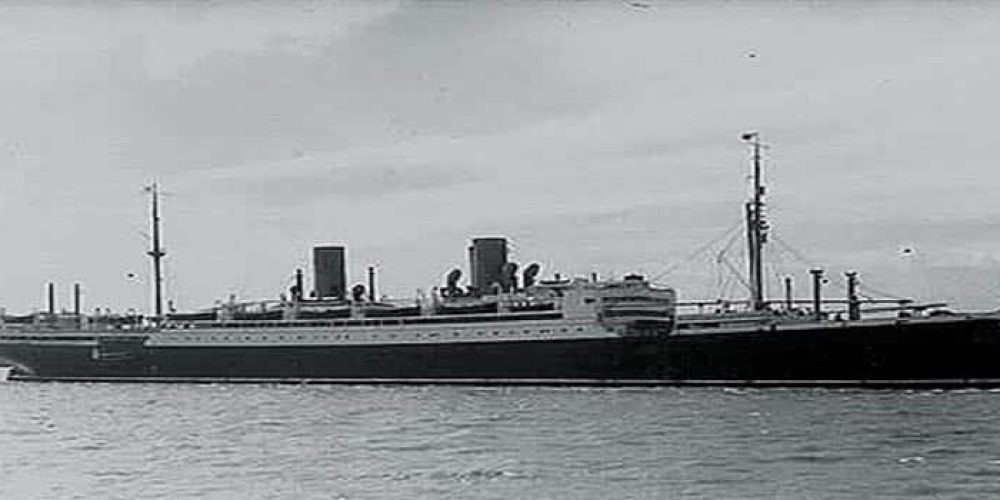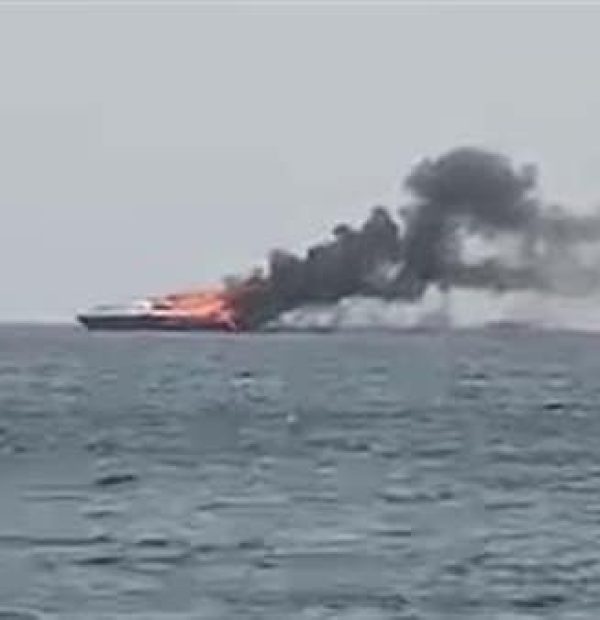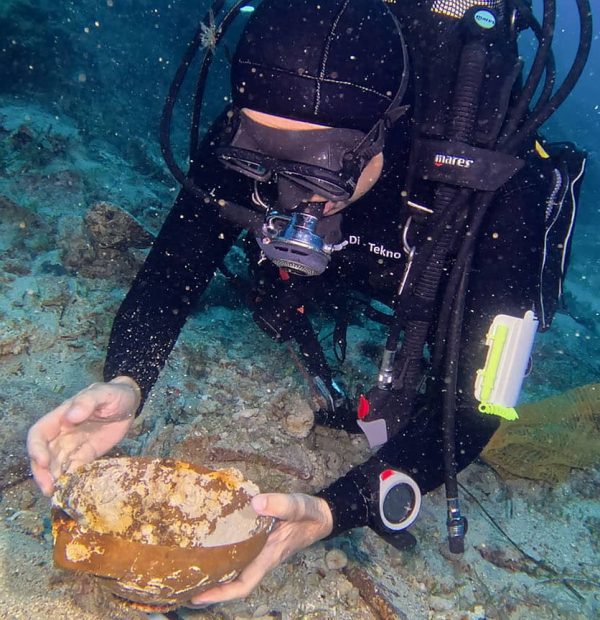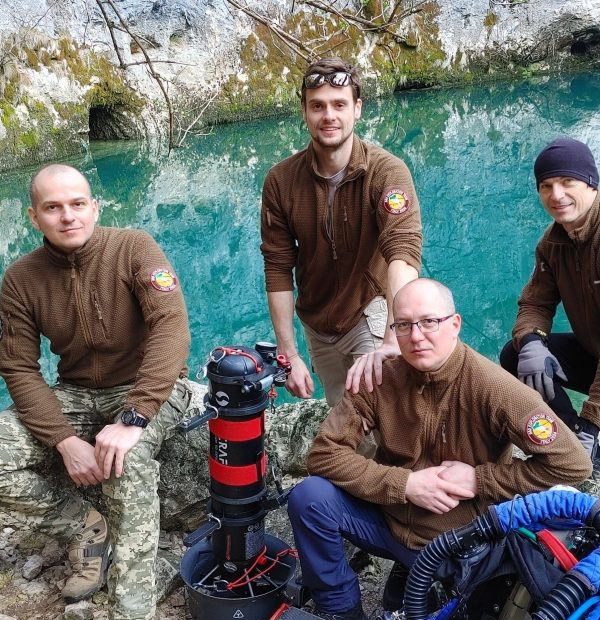Monday, 22 April 2024
Menu

The vessel began her journey leaving the AG Vulcan shipyard in Szczecin on 4 January 1924. “Stuttgart” was commissioned by Norddeutscher Lloyd (North German Lloyd) and was the second ship bearing this name.
167.80m long between perpendiculars and 24m wide, she was powered by two 3-cylinder steam engines that were fed by four steam boilers and set in motion two low-pitch propellers. The 8500 horsepower allowed the ship to develop a speed of 15.5 knots. The ship’s displacement was 20500 DWT, while the draught was 7.56m.
The S/S “Stuttgart” made her maiden voyage on 15 January, taking several hundred passengers on a journey from Bremerhaven to New York. In the 1930s she operated on Far Eastern lines until 1938, when she was bought by the German Nazi trade union organisation, Deutsche Arbeitsfront. Interestingly, the manager was still Norddeuscher Lloyd. Here began a new period in the ship’s history. The luxurious cabins were replaced by economical rooms for working people. Sailing in the service of the Kraft durch Freude, the Stuttgart was a place of recreation for German workers and their families.
In May 1939. S/S “Stuttgart” set sail with several other ships to Spain, where she carried aid for the government of General Franco, who was fighting against the communists. Returning to Germany, she took on board 739 soldiers and their equipment in Vigo. These were members of the famous Legion Condor – the German forces supporting Franco’s army in battle.
As the Second World War was around the corner, it was decided on 25 July 1939 to take the vessel over for the Kriegsmarine and send her to Hamburg. There she underwent modifications and was adapted to function as a hospital ship. From that moment on, the staff of 300 sailors, 120 nurses and several doctors could take on board and provide care for 485 wounded.
Less than a month later, on 23 August 1939. S/S “Stuttgart” was renamed Lazarettschiff “C” (hospital ship “C”), although in the official documents of German fleet, she still functioned as Lazarettschiff Stuttgart. On 25 August 1939 she reported in the port of Pillau (Pilawa), and it was here that the outbreak of the Second World War found her.
Sailing as a hospital ship for the Third Reich, she moored in the ports of Stettin and Oslo, and made regular voyages between the ports of Kirkenes, Tromsö, Swinemünde and Wesermünde. This state of affairs lasted until 9 October 1943, when fate set the crew a rendezvous in Gotehaven.
The American Air Fleet in a force of 350 planes, each carrying a bomb load of 5 tonnes, covered the sunny sky over Gdynia. Situated in a valley, the Germans masked the port with artificial fog, trying to make a precise raid as difficult as possible. Although the ship was painted white, with a red cross painted on it (an attack on such vessels was classified as a war crime) Lazarettschiff “C”, it was at the same time partially covered with camouflage and artificial fog, which made the vessel completely invisible to planes flying at a height of 2.3 km. The Germans deliberately camouflaged the ship, because her bright shining hull was too good a landmark for the airmen attacking the harbour.
The whole bombardment was rather chaotic. The fact that Schleswig-Holstein and Gneisenau, as well as cruisers, submarines, and accommodation ships stationed in the port of Gdynia remained untouched proves the randomness of the sinking of Stuttgart. On the other hand, much less important vessels, such as the tug Atlantic, the pursuit vessel UJ 1210, the ship Cuxhafen or the trawler Wilhelm Huth, were sunk or hit.
The Stuttart, hit several times by bombs, became the biggest victim of the American air raid. It is not fully known how many people were on board, but those who had the misfortune died in unimaginable agony. Trapped below deck amidst the raging flames consuming the ship, they cried out for help, crowding in through portholes too narrow for a grown man to climb out.
The burning ship posed a huge threat with its presence in the harbour. Therefore it was decided to tow it to the vicinity of the roadstead and sink it. But before Lazarettschiff “C” rested on the bottom of the Gulf of Danzig, it was burning for 4 hours with people trapped inside doomed to a horrible death, with no chance for any rescue.
After the war, the wreck posed a serious traffic problem, so in 1958-1962, piece by piece, its fragments were detonated and excavated. Today, only the remains of what left the shipyard in 1924 as a luxury steamer rest at the bottom.
Today, divers rarely go to the site of the sunken ship. Although the depth of 21 m is not a big problem, the remains called wreck are not very interesting and usually it is a one-time visit. Another factor is mazut. A petroleum-derived oily substance lying on the bottom, which used to be the ship’s fuel. For an untrained diver, a descent into this vessel ends with the necessity to clean all the equipment, while for the local fauna and flora, it has been a real ecological disaster for years.
Source: facta-nautica.graptolite.net, wikipedia.org










Welcome to DIVERS24.COM, your daily source of scuba news, freediving, scuba diving information, and equipment reviews. Our comprehensive coverage of the dive industry from A to Z provides you with all the latest scuba news, training updates, underwater photography tips, and everything else related to scuba diving. Whether you’re a beginner or an experienced diver looking for more knowledge about scuba gear or techniques – we’ve got it covered! With our in-depth articles written by experienced divers who have been there and done that, you are sure to find exactly what you need here at Divers24.com. Dive into scuba news today!
Underwater Media Sp. z o.o.
Szafarnia 11/F8,
80-755 Gdansk, Poland
Welcome to DIVERS24.COM, your daily source of scuba news, freediving, and scuba diving information. Sign in for a weekly news update and discount coupons for dive gear and apparel.
@2023 - underwatermedia.pl. All Right Reserved. Designed and Developed by Tworzenie stron internetowych Gdansk

The Divers24 portal is currently the largest online medium treating diving in Poland. Since 2010 we have been providing interesting and important information from Poland and around the world on all forms of diving and related activities.
Contact us: info@divers24.com